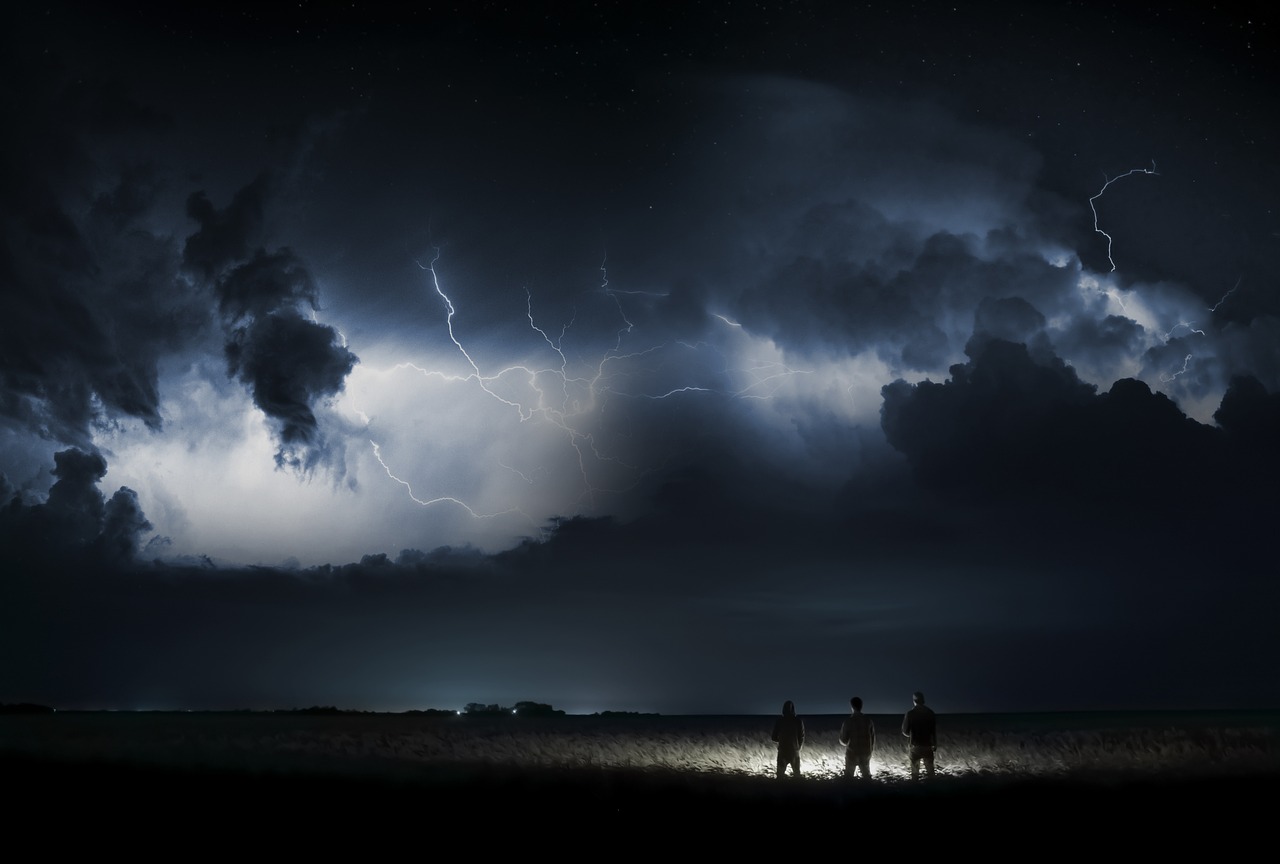The Mighty Deity of Thunder: Thor in Norse Mythology
Overview
A symbol of strength and masculinity, Thor reigns as one of the most formidable figures within Norse mythology. He is the offspring of Odin, revered as the all-father, and among the Aesir deities. His dominion over storms, lightning, and thunder marked him as a deity of immense physical prowess. Beyond his martial capabilities, Thor was intrinsically linked to fertility due to his numerous romantic affairs and his ability to father children. Known for his iconic weapon, the war hammer Mjölnir, he is often depicted with striking red hair and a matching beard. As a brave and virtuous hero—unlike the cunning Odin and Loki—Thor faced challenges head-on, wielding his hammer against threats to his home.
Etymology
The name “Thor” originates from the Old Norse word ‘Þórr’ and the Old Saxon ‘thunar’, both of which translate to “thunder,” reflecting his connection to this powerful natural element. As the Germanic peoples adopted the Roman calendar, they rebranded the day dedicated to Jupiter—dies Iovis—as Þonares dagaz, which evolved into “Thursday.” Thor’s epithets, such as Atli (the terrible) and Vingthor (the thunder hurler), underscore his formidable reputation.
Attributes
Thor epitomizes valor, strength, and ferocity. He cherished combat and seldom resisted the chance to engage in a fight. To enhance his vigor, he wore the magical belt Megingjörd, which doubled his strength, and wielded Mjölnir, a hammer forged by dwarven artisans. This weapon could unleash thunderbolts, smash foes, and even restore life under specific circumstances. To handle Mjölnir effectively, he donned iron gloves named Járngreipr. In addition to these iconic items, Thor had a staff known as Grídarvölr, though he rarely employed it. Accompanied by his servants, the twins Thjálfi and Röskva, he traversed the skies in a chariot pulled by Tanngrisnir and Tanngnjóstr—the goats he would conveniently feast on only to resurrect later.
Family
Thor’s lineage stems from Odin and a maternal figure identified variably as Jord (Earth), Hlödyn, or Fjörgyn, indicating his jötunn (giant) heritage. This mixed lineage created a striking duality in his character, especially in light of his longstanding antagonism toward giants. Among his siblings were notable figures like Baldur and Tyr, while his marriage to the golden-haired goddess Sif produced a child, Thudr. Thor also fathered a son named Magni with the jötunn woman Járnsaxa, and is believed to have had dalliances resulting in another son, Módi.
Mythology
Thor’s exploits are filled with adventure, characterized by encounters with fearsome creatures and journeys to distant realms. His narrative follows traditional patterns in Norse mythology, where gods often appear fully formed with established powers rather than detailed childhoods.
Origins
Historical references to Thor tip back to Roman accounts, where he was likened to Jupiter or Jove—the Roman god of strength. Scholars have identified similarities between Thor and other thunder deities, such as Taranis in Celtic belief and Indra in Vedic tradition, suggesting Thor’s roots in a more extensive Indo-European deity framework.
Mjölnir, the Hammer of Thor
The legendary tale of Mjölnir’s origin recounts how Loki tricked Thor into retrieving this mighty weapon after it was stolen. In a humorous twist, Thor donned a bridal gown to negotiate its return from Thrym, the giant who demanded Freya’s hand in exchange. The story highlights Thor’s strength and ferocity, showcasing his willingness to engage in ruthless combat when necessary.
Thor, the Jötunn Hunter
Thor’s deep-seated hatred for giants manifests in various stories, notably in his battle with Hrungnir. Confident and unstoppable, he pursued Hrungnir and ultimately defeated him, asserting his dominance over those he despised. This rivalry with the giants signifies Thor’s role as protector of the gods and humanity against chaotic forces.
Jörmungandr, the Serpent Nemesis
Thor’s nemesis Jörmungandr—the monstrous sea serpent—provides another chapter in his saga of combat. After engaging with this creature multiple times, Thor’s ultimate confrontation with Jörmungandr is prophesized to occur during Ragnarök, an event anticipated to bring devastation to the world. This prophecy sets a stage for Thor’s heroism, even as it leads to his mortal demise from the serpent’s venom.
Pop Culture
Thor’s significance has transcended time, remaining a figure of fascination from the Viking Age to modern popular culture. Sixteenth-century folklore depicted Thor as a champion against trolls, and his legend experienced a renaissance in the 19th century, intertwining with nationalism in Scandinavia. Today, his character thrives in comic books and films, particularly within the Marvel franchise, which has modernized his image while maintaining the core aspects of his mythos—valor, ferocity, and an affection for his hammer.
Thor’s enduring legacy as a titan of strength and protector endures through the ages, illustrating the timeless appeal of mythic heroes.



